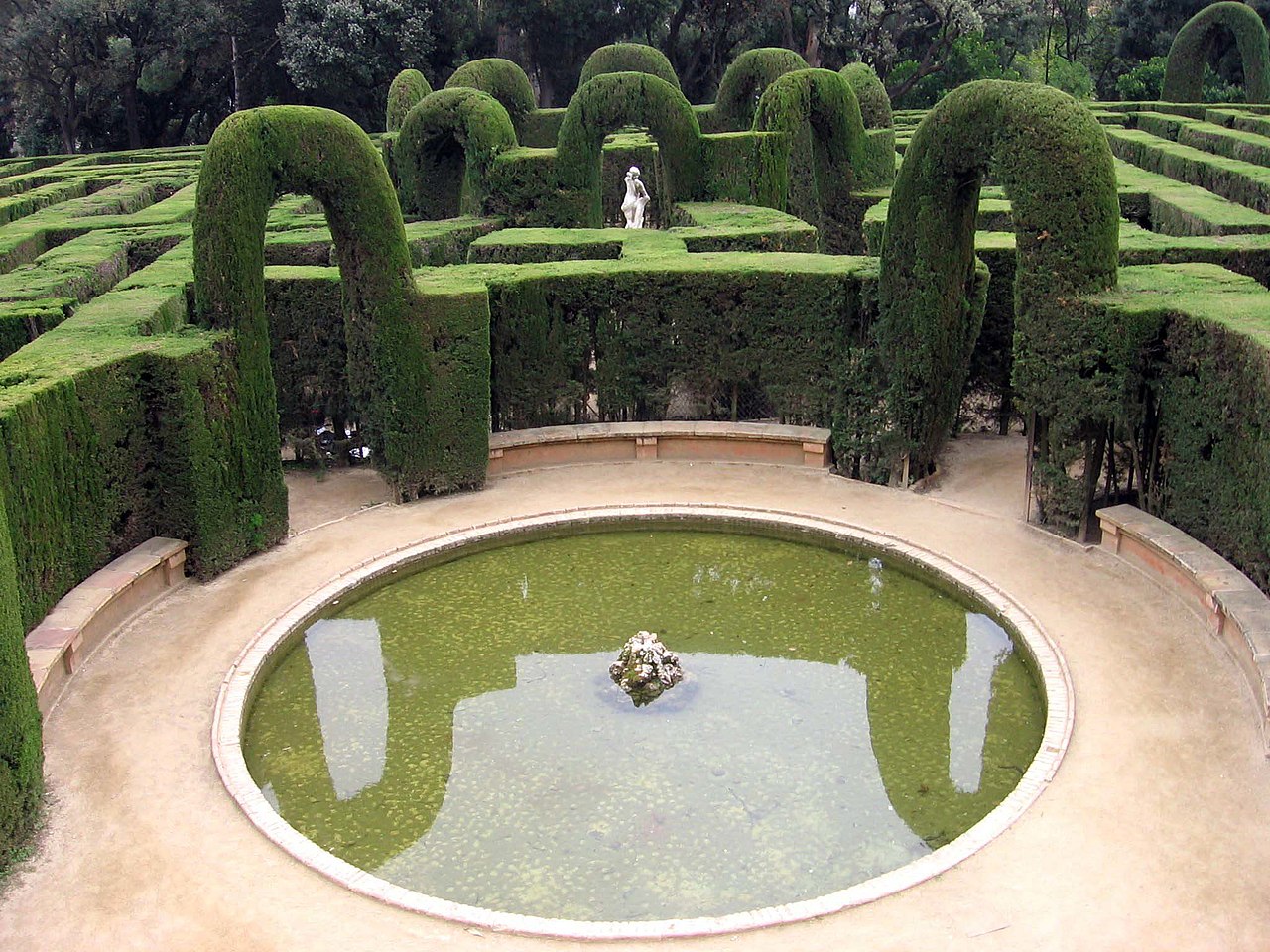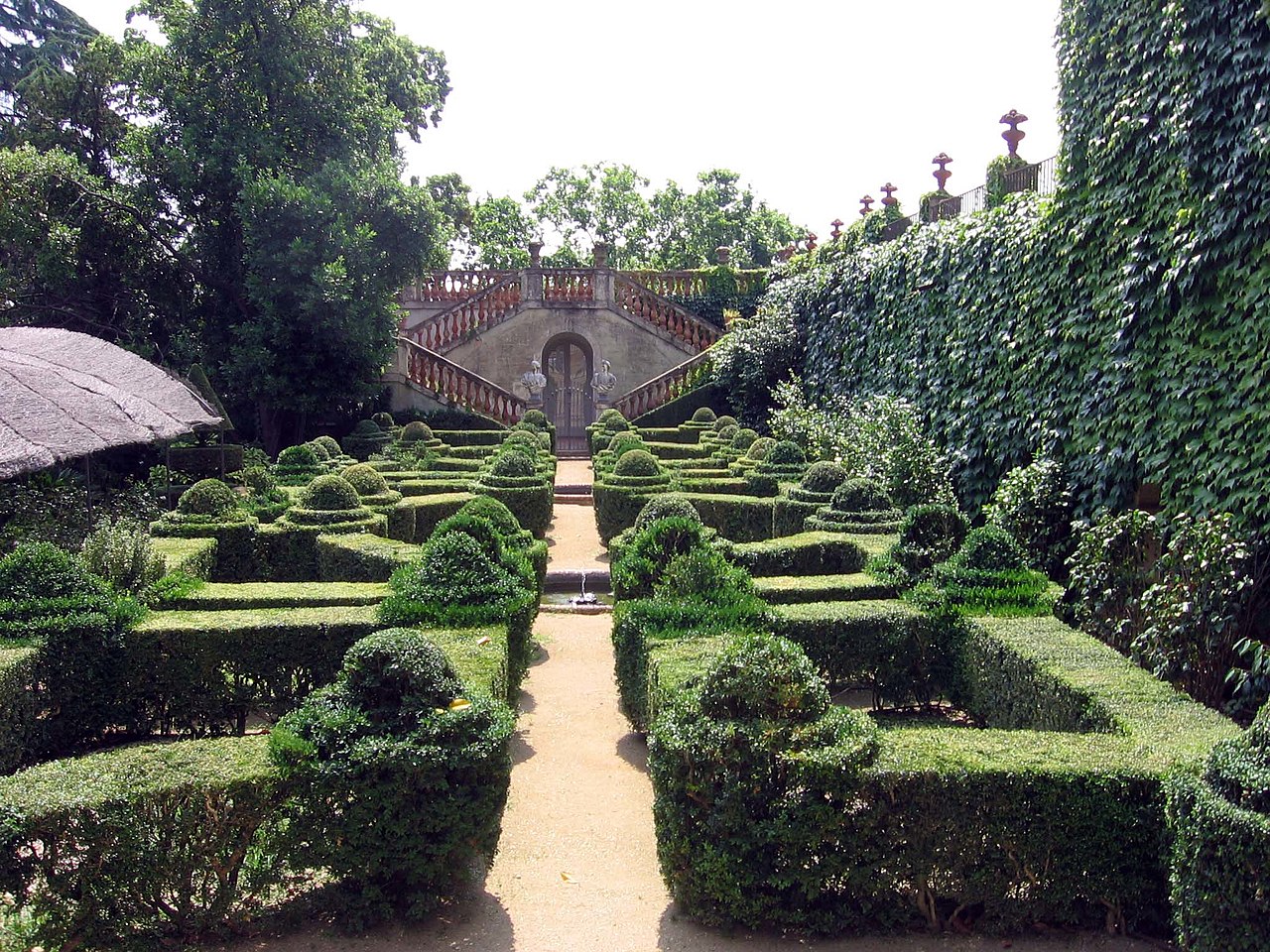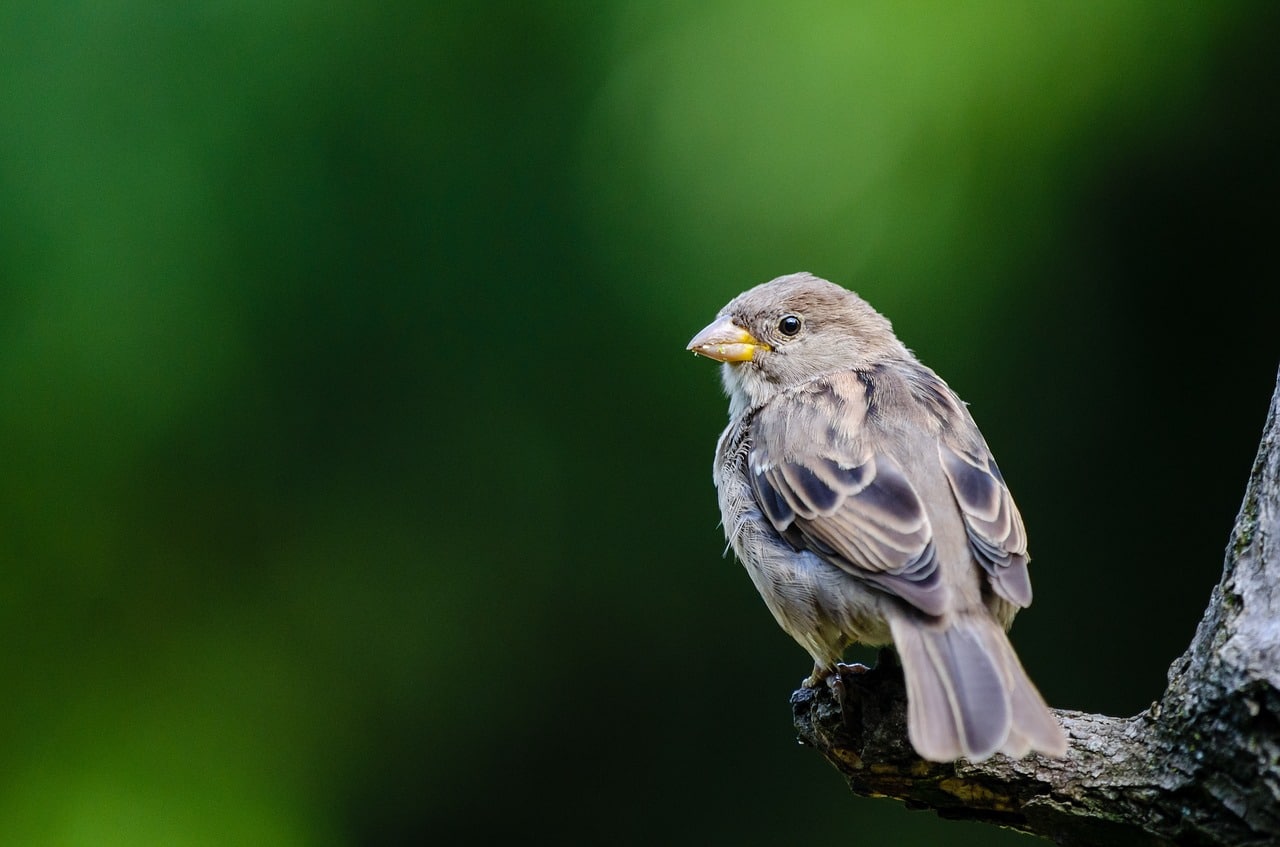
Image | Canaan Wikimedia Commons
Barcelona is not only popular for its beautiful modernist-style buildings, its comfortable beaches and its great cultural offer, but also for its green spaces that offer locals and visitors a place to be in contact with nature and get away from the hustle and bustle of the city. town.
The Ciutadella Park, the Güell Park, the Cervantes Park, the Joan Brossa Gardens are just some examples but, Did you know that the oldest garden preserved in Barcelona is the Horta Labyrinth? Do not miss this post where we discover all its secrets. Keep reading!
History of the Labyrinth of Horta
Located on the hillside of Collserola, the Horta Labyrinth was designed in 1791 at the express wish of Joan Antoni Desvalls, Marquis of Llupià, El Poal and Alfarràs, on land that belonged to this noble family. A lover of art and nature, he wanted to create a neoclassical garden with the help of the architect Domenico Bagutti and the gardener Joseph Delvalet who was inspired by the myth of Theseus: whoever managed to reach the center would find love as a reward.
For this, a garden was devised with a labyrinth of cypress trees, sculptures and reliefs that represent characters from Greco-Roman mythology and that symbolize the different levels of love.
In the mid-XNUMXth century, Joaquín Desvalls y Sarriera, VIII Marqués de Llupiá, commissioned the extension of the garden in the area of the torrente d'en Pallós to the architect Elías Rogent, who designed a romantic-style garden with squares, flowerbeds, a waterfall and big trees. In addition, to the neoclassical garden he added a water channel between the upper terrace and the intermediate one. Towards the end of the XNUMXth century, the Horta Labyrinth had become a place of intense social activity.
In 1968 the Desvalls family gave it to the city council, which after carrying out various restoration works opened it to the public in 1971. The excessive influx of visitors from the 70s caused the degradation of some ornamental elements and plants, which is why reformed again and it was reopened with a limited capacity of 750 people at a time, to avoid its gradual destruction.
What is the Horta Labyrinth like?

Image | Canaan Wikimedia Commons
The Horta Labyrinth owes its name to the labyrinth of cypresses that occupies an area of 9 hectares. This garden can be divided into two different parts:
- The Neoclassical Garden: It is divided into three spaces and covers the theme of love: the lower levels, the upper level and the labyrinth with its Belvedere. Here you can visit ponds, monumental fountains, pavilions, mythological figures, artificial grottoes, palatial steps, etc.
- The Romantic Garden: in opposition to the previous one, the main theme of this garden is death according to the tragic sense of the artistic movement of the XNUMXth century. It is a wilder and shadier garden with an irregular arrangement of trees such as yew, pine, banana and lime trees, upholstered with ivy and the flower of love and even a false cemetery of which few remains remain today to add to that gloomy image.
- The Palace of the Desvalls: located next to the entrance to the Labyrinth of Horta is this building whose main body is from the end of the XNUMXth century, although it retains elements such as a defensive tower from the XNUMXth century. In the area behind the palace is the Jardin de los Boxjes, decorated with classical mythological scenes and characterized by its beds of boxwood bushes.
The Horta Labyrinth Park is a very photographed place for its scenery and landscape diversity. Some of the most beautiful places are:
- Belvedere Stairway: it is the access to the labyrinth from the upper level of the neoclassical garden.
- The labyrinth: the panoramic view from the upper balustrade is one of the most visited places. A statue dedicated to the god Eros stands in the center of the labyrinth.
- The Dánae and Ariadna templets: With the labyrinth as a background, these constructions are very scenographic, so much so that at the end of the XNUMXth century they were used as a stage for open-air shows.
- Jardín de los Bojes: especially the central street with the palace in the background.
- Pond and pavilion of Carlos IV: in the Italian neoclassical style.
- Garden of the Mosses: in it there is a cave with a fountain in the shape of a minotaur's head.
- The private patio located in front of the Desvalls palace.
- Pool of the Garden of Flowers: decorated with two vases with embedded marine motifs and a triton's head.
- The Romantic Channel: three meters deep in its beginnings it was navigable.
- Pyramid Fountain: whose water fountain is located on the head of an imposing lion.
- The Chinese door: located next to the Romantic Garden.
- Pond and pavilion of Carlos IV: in the Italian neoclassical style.
Nature in the Labyrinth of Horta

Image | Pixabay
In its origins, the function of the Labyrinth of Horta was illustrated, in other words, its objective was to bring nature closer to those who contemplate it in a didactic way. This is the reason why there is so much biological diversity in this park in Barcelona.
Flora
Holm oak, carob, oak, myrtle, white pine, magnolia, Canary pine, palm trees, linden, redwood, cypress, banana, Japanese acacia, horse chestnut, boxwood, yew, laurel, ash, fern ...
Fauna
As for the fauna, the Horta Labyrinth is home to animals typical of the Sierra de Collserola such as genets, red squirrels, moles, bats, wild boars, common frogs, badgers and some species of snakes. Regarding birds, this park is home to: sparrows, magpies, tucas turtle doves, white wagtails, European robins, wood pigeons and blue tit, among other species.
Interesting information
How to get to the Horta Labyrinth?
If you go by metro, the station where you must get off is Mundet station (line 3).
If you want to go by bus, take lines 27, 60, 76, H4 and B19.
What are the visiting hours?
The Horta Labyrinth is open every day in winter from 10 am to 18 pm and in summer from 10 am to 20 pm.
What is the entry price?
The general admission has a price of 2,23 euros while the reduced one is 1,42 euros. Wednesdays and Sundays are free.